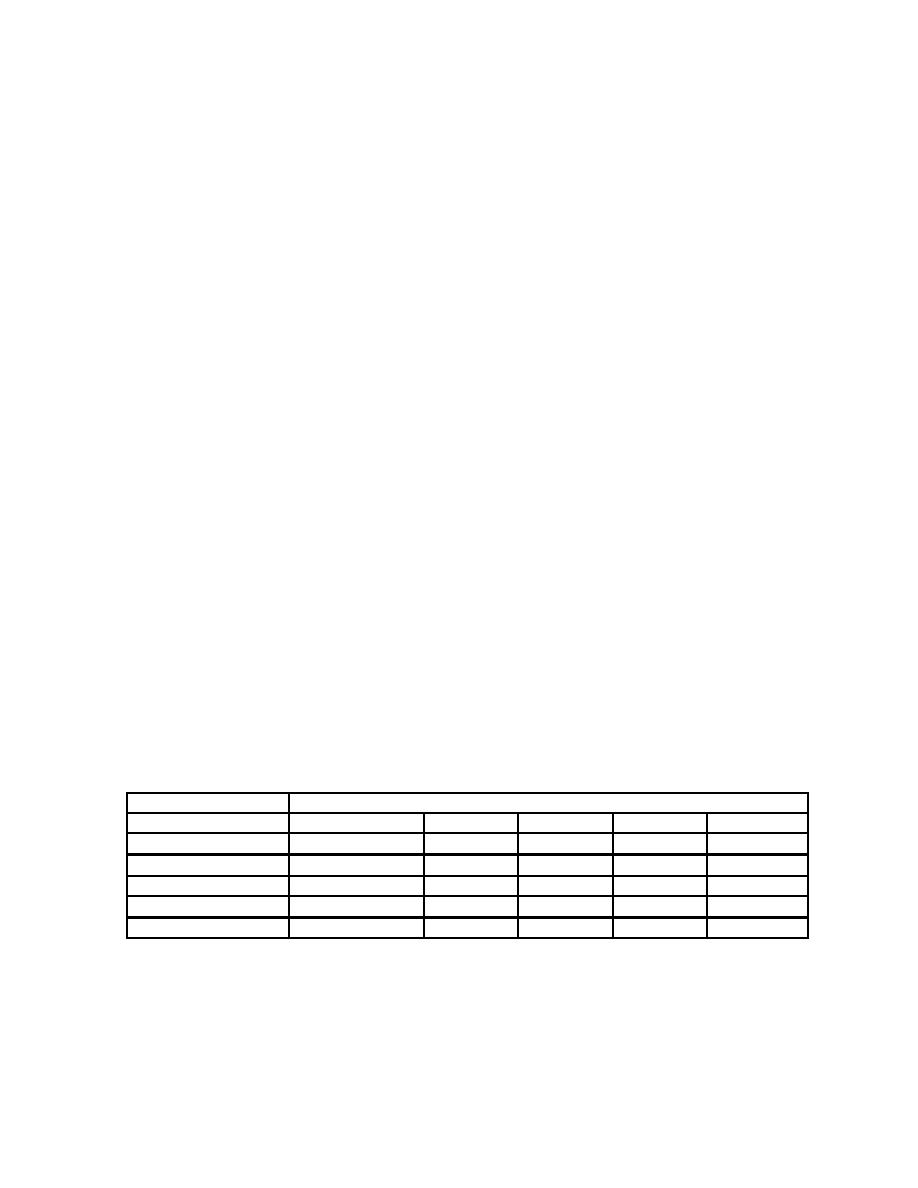 |
|||
|
|
|||
|
Page Title:
Table 5-13 shows the CEDE DCFs, corrected for SAFe, for various ITPs |
|
||
| ||||||||||
|
|  DOE-HDBK-1184-2004
NOT E: In Table 5-12, the CEDE DCF for rust, 1 m AMAD, differs slightly from
the CEDE DCF given in ICRP 71 for Type S tritiated aerosols (2.6 10-10
Sv/Bq), even though the particle size distribution and densities are
identical. The reason for this difference is that the ICRP 71 value was
computed using the default "Environmental" assumptions (e. g., individual
is sleeping 33.3% of the time) and the values given in the table above
were computed using the default "Occupational" assumptions because this
document focuses on occupational protection.
The DCFs given in Tables 5-11 and 5-12 were not corrected to account for SAFe.
Therefore, the component of the lung DCFs is significantly exaggerated. In order to
determine more realistic DCFs, it is necessary to correct the lung dose for SAFe
using the values from Table 5-9.
NOTE: This correction should only be applied to lung dose from particulates and
not HTO in the lung that results from the dissolution of the particle.
However for absorption class S materials, the rate of dissolution is so slow
that the contribution to the lung dose is negligible.
The correction for SAFe is made as follows:
DCF(corrected for SAFe) = DCF(uncorrected) - 0.12*DCFlung + 0.12*DCFlung x SAFe
(Eq.5-9)
where:
DCF(uncorrected) is CEDE per unit intake (Sv/Bq; values from Table 5-12)
0.12 is the ICRP 26 weighting factor for lung
DCFlung is the Lung CDE per unit intake (Sv/Bq; values from Table5-11)
SAFe is the corresponding value from Table5- 9
Table 5-13 shows the CEDE DCFs, corrected for SAFe, for various ITPs.
Table 5-13. DCF (Sv/Bq), CEDE, for Various ITPs and Particle Sizes (AMAD, s g = 2.5),
Type S Assumed, with SAFe Corrections Applied to the Lung Dose Component
CEDE DCF (w/ SAFe) vs. Particle Size [AMAD (m), s g = 2.5]
Base Material*
10
5
2
1
0.5
-11
-11
-10
-10
-10
Organic [∼(CH2)n]
2.35x10
6.41x10
1.47x10
1.81x10
1.85x10
-11
-11
-10
-10
-10
Rust [∼FeO(OH)]
1.95x10
5.35x10
1.34x10
1.88x10
2.45x10
-11
-1
-10
-10
-10
Ti H2
1.90x10
5.17x10
1.32x10
1.93x10
2.67x10
-11
-11
-10
-10
-10
Zr H2
1.71x10
4.62x10
1.25x10
2.03x10
3.19x10
-11
-11
-10
-10
-10
Hf H2
1.51x10
4.03x10
1.22x10
2.27x10
3.97x10
* Variable amounts of elemental hydrogen are isotopically tritium.
CEDE DCFs in Table 5-13 are now smaller than the CEDE DCFs in Table 5-12,
because of the corrections for particulate energy self-absorption. In order to use
the values shown in Table 5-13, the "actual" activity inhaled must be known. Air
monitoring can be performed via batch air filtration sampling and subsequent LSC
analysis of the collected ITPs. An indicator of air concentration potential can also
42
|
|
Privacy Statement - Press Release - Copyright Information. - Contact Us |